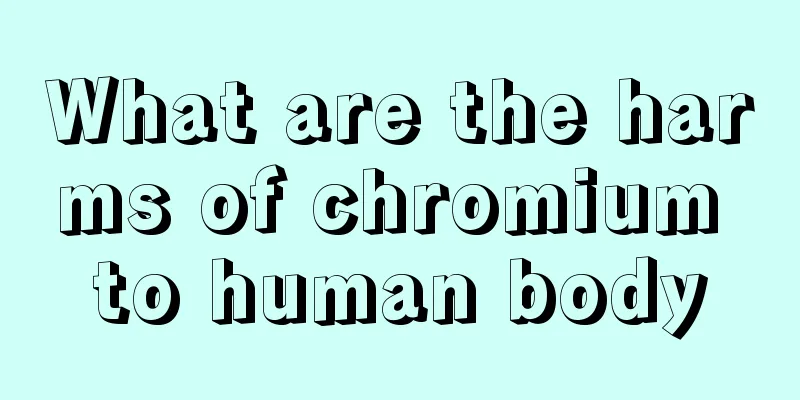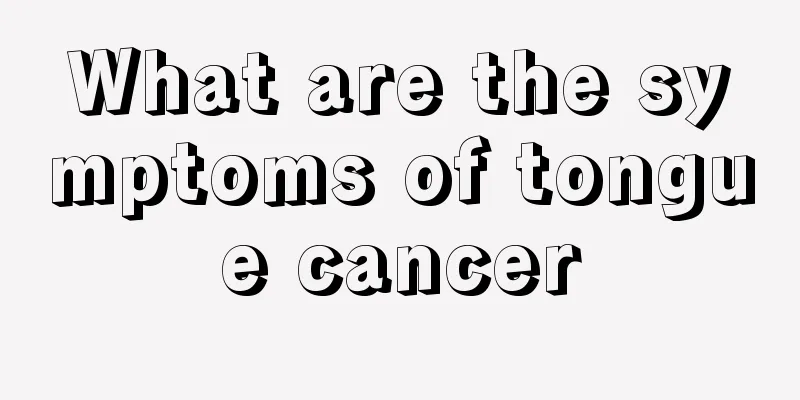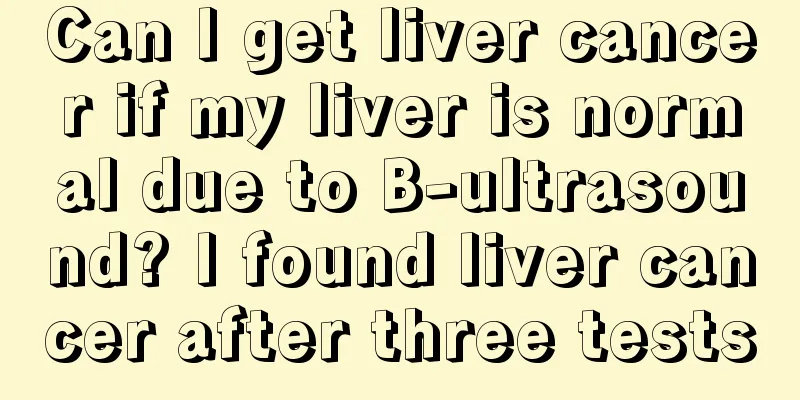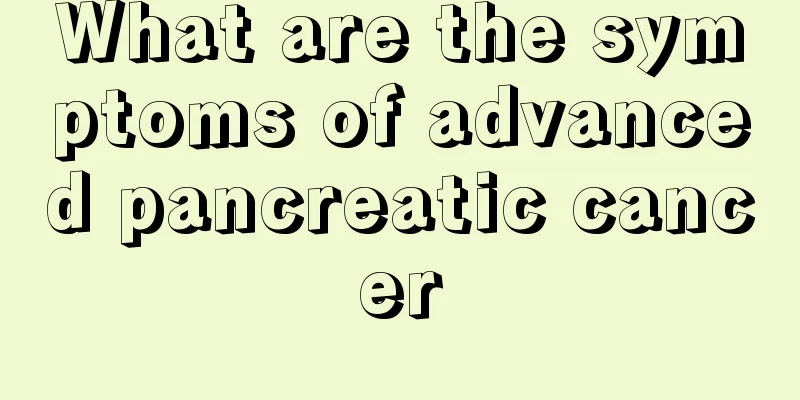What are the characteristics of comprehensive interventional treatment for liver cancer? Comprehensive analysis of comprehensive interventional treatment methods for liver cancer
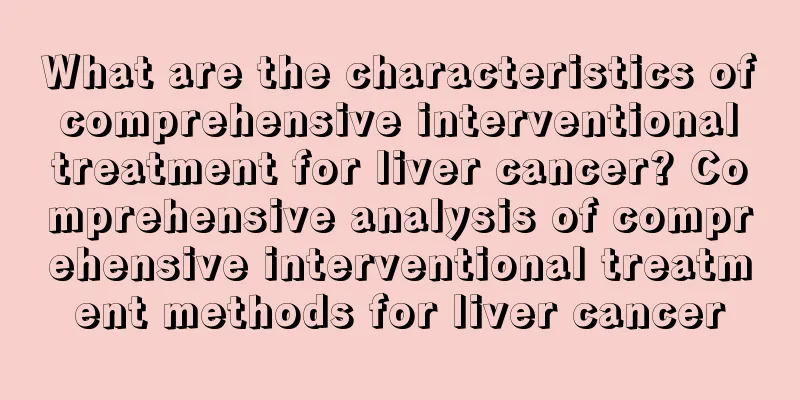
|
Methods such as TACE and non-vascular intervention have their shortcomings, and the comprehensive application of different methods lacks complementarity. There are many combined methods to improve the efficacy, and good results have been achieved. Currently, the common comprehensive application methods include: double chemoembolization, TACE combined with ablation, TACE combined with gene therapy, etc. 1. Liver cancer is mainly supplied by the hepatic artery, but most of them have the characteristics of dual blood supply. Some people have tried to use dual intervention of the hepatic artery and portal vein to treat liver cancer, but this technology has been developed for a short time and needs further research. 2. The combined application of TACE and local ablation therapy is widely used in clinical practice, effectively avoiding the shortcomings of each, and achieving good results. In some cases, combined application can achieve cure. For lesions smaller than 3 cm, it can also completely necrotize the tumor and achieve the purpose of radical cure. 3. After the recombinant human p53 gene adenovirus injection enters clinical application, the use of interventional methods and transarterial administration can increase the concentration of the target gene in the target organ, relatively directional expression, increase the transfection rate, and reduce systemic adverse reactions. Mixing with iodized oil for hepatic artery embolization allows it to be slowly released locally in the tumor to improve transfection efficiency. Clinical studies have shown that it has a good therapeutic effect, but further research is needed. The combined use of TACE and gene therapy is one of the trends in interventional treatment of liver cancer, which can enhance the efficacy. |
>>: What does liver cancer diagnosis include? Four imaging examinations for liver cancer diagnosis
Recommend
How does ultrasound examination help liver cancer treatment? Introduction to the role of ultrasound examination for liver cancer
How can ultrasound examination help in the treatm...
Will neurological tinnitus cause deafness?
Neurological tinnitus is a relatively common type...
What is the glaucoma problem
Some people may not understand the problem of gla...
Patients should pay attention to the early symptoms of melanoma
Melanoma is a common skin disease that can cause ...
What should I do if my shoulders get cold during confinement?
After giving birth, women's bodies are very w...
Which three places will cause pain in the early stage of breast cancer
Breast cancer does not usually cause pain unless ...
What are the symptoms of lung cancer in the elderly? There are 8 symptoms of lung cancer in the elderly with high incidence rates
Lung cancer is a common disease nowadays. Many pe...
How much senna should be taken at one time?
Senna leaves are very effective in treating const...
Can colon cancer be benign?
Colon cancer is usually a malignant tumor, but so...
A layer of dead skin grows between the nails
Many women like to do manicures. A pair of slende...
How to treat acute enteritis and what are the treatment principles?
Inattention to diet, coupled with an unhealthy li...
What are the main factors that induce nasopharyngeal carcinoma?
The occurrence of nasopharyngeal cancer is quite ...
Symptoms and causes of blocked tear ducts
Tear duct obstruction is relatively common in cli...
How to eat avocado to make it taste good
When eating fruits, you must wash them clean. If ...
How to prevent and care for nerve damage caused by complications of nasopharyngeal carcinoma
There are many types of cancer, and currently, th...

